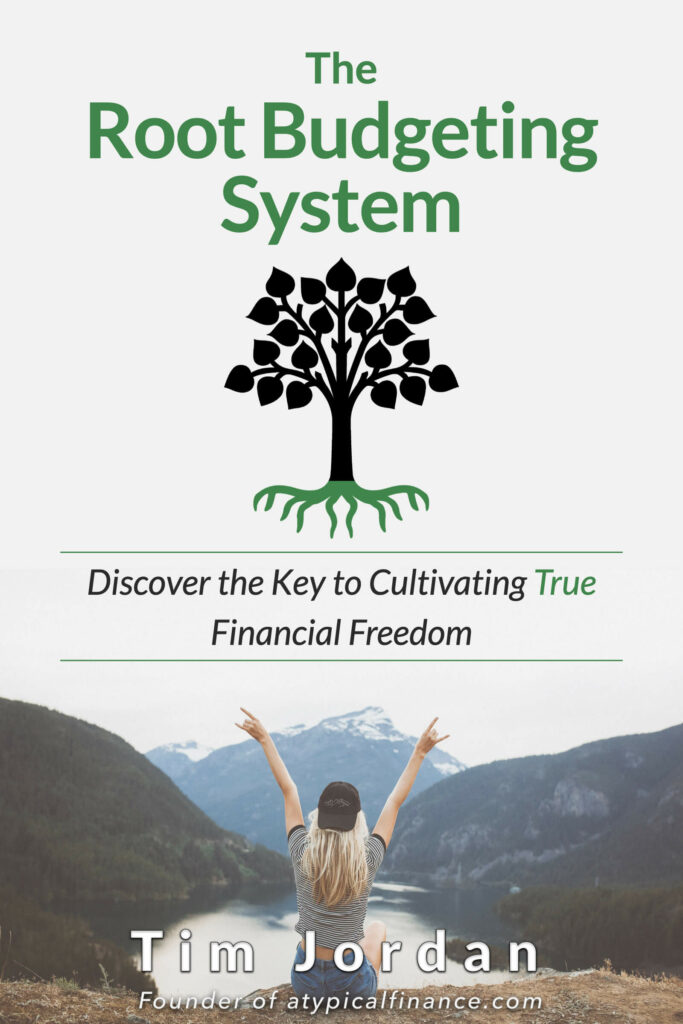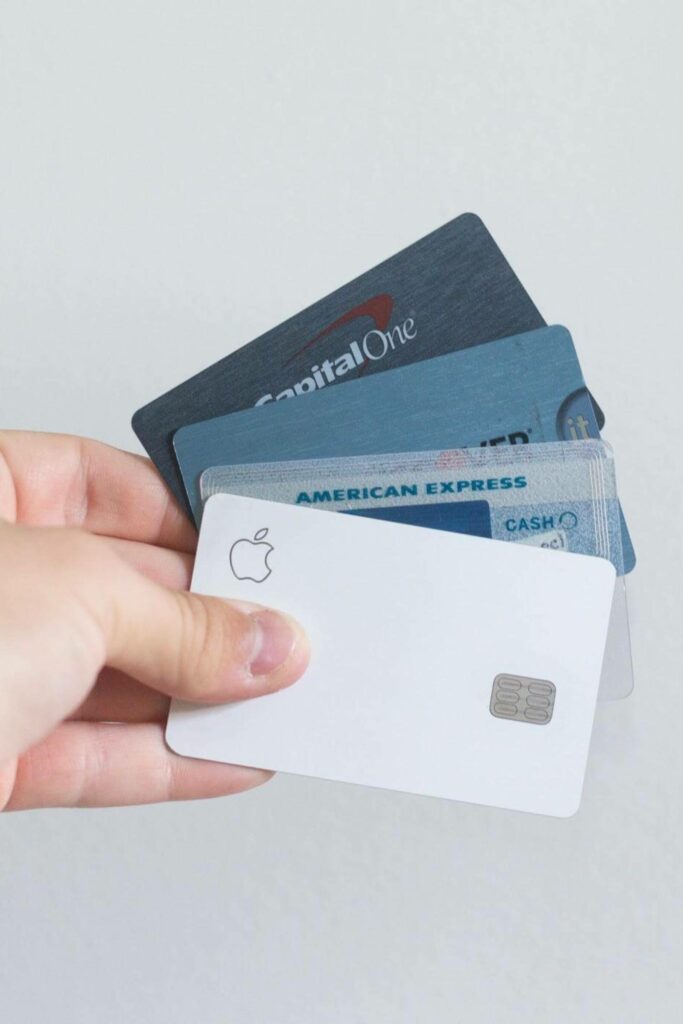Back at the start of 2014 I decided that it was finally time to put the debt I had to death once and for all. And to do that, I had to analyze every aspect of our budget to determine where I could trim the fat. There were some obvious and some not so obvious places to do that, but there was one that really stood out to me
The one area that solidified the importance of checking my spending for me was our going out to eat budget. As of the beginning of 2014, I was recording everything we were spending money on for going out to eat, but I wasn’t really paying attention to it beyond that. Beyond recording it, I wasn’t really tracking it.
I decided to pull up a graph of my spending for June 2013.
$489 for dining out! WHAT?!
Hoping this was just a fluke or a bad month, I pulled up May. $487 for the month! Now my expectations were starting to be reset. Was I really spending around $500 a month in eating out?
July 2013 was up next.
$634!!!!!!!!!!!!!!!!!
What is going on here?!
I went through the rest of the year and the average was about $500 a month alone on eating out. This did not include groceries at all.
Clearly, I missed something here. I didn’t bother to check January through April 2013. I knew what the outcome would be.
So if I were actually paying attention to this and spending a much more reasonable $200 a month on eating out, I would have had $2400 from May through December 2013 that I could have been using toward debt.
Talk about missing the boat! In fact, I don’t even think I was on my way to the dock yet on that one.
So at that point, it was time to revamp. Here’s what I did.
Determine How Much Was a Reasonable Amount to Spend
Something I didn’t want to do was cut out all of the fun in eating out. Now extreme circumstances like this are sometimes necessary, but in my situation it was not.
I talked it over with my wife and we discussed the places where we like to eat with our two little girls. We made the determination that almost all of the places we go out to eat with our girls were places like Panera Bread, Noodles & Co., or the local mall food court.
Based off of that, we determined that we usually don’t spend more than $25 on a meal as a family. This means that we can go out to eat once a week and still stay within our budget. If we go over budget on one of the meals, we can skip a meal out or just go out for some frozen yogurt where we generally spend only about $10 or so. This was more than reasonable.
We also had to make the determination on how much we needed for my wife and I and our Date Night budget. Based off how often we are able to secure a babysitter and where our girls are in life, we are able to go out about once every two weeks, or twice a month. $50 per meal there is more than enough money for a nice meal, especially considering that we like to just go to Panera or somewhere a little bit cheaper at times.
What You Can Do
Determining how much you need to spend based off not only your budget but also your actual needs will go a long way for controlling food. See how much time you realistically have to eat out as well as the places you generally like to eat. If you like to eat at more high end places, then you’ll have to make the decision to either go out less or raise your budget to accommodate.
There is no right answer here. It’s what works best for you and your goals that matters.
Add Dining Out as an Actual Budget
The next step was to look at the budget itself. The first thing I noticed looking over our budget was that a dining out budget was nowhere to be found. No wonder why I was spending too much! I didn’t have a goal to hit and a measurable mark to attain!
Again, as mentioned above, we made the decision to drop our total monthly eating out budget down to $200 a month. $100 was specifically set aside for dining out as a family, and then the other $100 was for my wife and I and our date nights. This gave me something to shoot for. I am happy to say that most months we hit these budgets with no problems.
What You Can Do
Do you have certain areas of money that you have a hard time with controlling your spending on? If so, set a goal or budget amount that you aim to not go over. Even just setting a budget limit in general will help you just as it did me. Now when we go out to eat, I know if we spent $25 for the meal, we have $75 left.
Add Other Budgets to the Budget
So this process of forgetting to check my spending and finding out I was spending $500 a month on dining out had a cascade effect as well. There were quite a few expenses that we weren’t budgeting for.
I needed to add those in too!
Some additional budgets that we added because of this experience were:
- My wife’s haircuts
- We totaled up the amount of money we were spending on her haircuts in one year and divided that by 12. We came up with $50 a month for that
- A lunch budget for my wife
- $25 a month that she can use as she pleases. Sometimes she let’s this roll over if she wants to go out somewhere a little more expensive
- My daughter’s hot lunches for school
- We typically spend $18 a month. We get her one hot lunch a week at $4.50 each lunch
I was to the point because of this situation that I wanted to budget everything. So that’s what I try to do now.
What You Can Do
I encourage you to add everything you regularly spend money on to your budget. Even it’s a yearly expense or every so often, divide it up by month and put it in there. That way the money is set aside and you know exactly how much money you can put toward your debt or saving and investing.
As I mentioned, I’ve gotten to the point where I am trying to budget for everything no matter how often we spend money on it. But more importantly, this made me realize how important it is to actually check the spending that I’m doing.
Unfortunately, it’s not enough to set the budget and forget it. It does take work. Clearly, before January 2014 I was not putting in the work necessary.
If you are in a similar situation to what I was in, what are you planning to change?
And for those that were in this situation and successfully removed themselves from it, what did you do to get out of the situation?
I’d love to hear from you. Comment below!


















